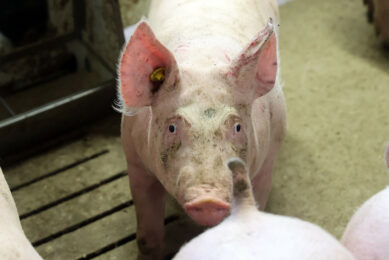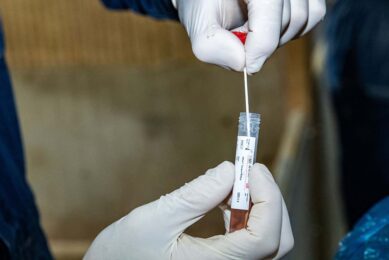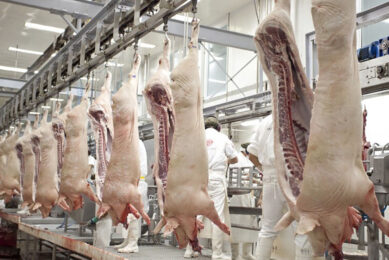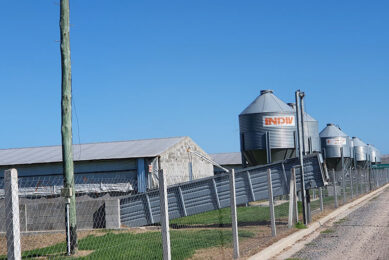H1N1 in 2009: Lessons from America
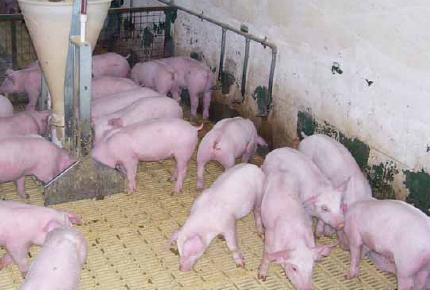
The Argentinian specialist Dr Carlos Juan Perfumo has been analysing particular features of the so-called ‘Mexican flu’ pandemic, which occurred in 2009. He warns that the virus has been undernotified, ignored or hidden, not only in America, but in the whole world.
Just a brief recap: April 2009 saw the emergence of a new type of influenza, quickly branded as ‘swine flu’ in conventional media. The new type, nowadays named H1N1 2009, mainly caused disease in humans, but severely upset the international pork trade for many months. By the end of 2009, it had already become clear that pigs themselves could carry the disease, could spread it as well, but in general did not seem to develop very strong disease features. Pigs in various countries had shown to contract the novel virus, e.g. Australia, Canada and Ireland were the earliest countries to confirm the virus in pigs.
Argentina was also among them. The discovery of the virus at pig farms, and its subsequent notification to the World Organization for Animal Health (OIE) led some to believe that sanitation was not going well in Argentina, back in 2009. That is, since on top of the discovery in pig farms, a massive circulation of the virus in the human population was proven and pigs were reported to show influenza-like signs.
Extensive study
The veterinarian and professor of the Faculty of Veterinary Science at the La Plata University (Buenos Aires province, Argentina), Dr Carlos Juan Perfumo, carried out an extensive study on the issue in cooperation with the Virology Laboratory of National Institute of Agriculture Technology (Inta Castelar) and the Department of Veterinary Medicine, University of Maryland, USA. He first conducted an updating of the features of the influenza virus and its most prevalent subtypes.
He then analysed the results of studies carried out over the last few years in some South American countries. Based on this survey, he then raised an uncomfortable question: “Shall we classify swine influenza, particularly the influenza A H1N1 2009 as an emerging, ignored or hidden disease?”
The reason for this doubt, as with many others on the issue, lies not only on the features of the pandemic virus of H1N1 2009 (itself a result of the recombination of four viral genotypes, being two from strains circulating in the pig populations in Eurasia and North America, one from an avian strain, and a human lineage).
The questioning also stems from a number of other facts that do not seem to fit together. Having studied various countries where influenza cases occurred in the past – i.e. prior to the H1N1 2009 outbreak – he observed that as a rule, infection of pigs seems to happen parallel to human infection, as pigs are easily infected by humans.
Strangely enough, however, this pattern did not emerge when it came down to identifying H1N1 2009 virus. Countries that had previously reported outbreaks of common H1N1, H3N2 or H1N2 swine influenza subtypes – and where there seems to be a clear susceptibility for influenza – failed to notify H1N1 2009 in pigs. This happened even when the virus circulated in the human population, or ducks, dogs, cats and ferrets, showing thus a wide virus dissemination.Searching for an explanation, Perfumo is quick to point out that ‘swine influenza is not a disease that requires obligatory notification to the OIE’. He continues to say that, “However, pig infection by the specific H1N1 2009 virus strain must be notified.”
Underestimated figures?
Out of the 214 countries that reported H1N1 2009 in humans, only 23 notified the disease in pigs. “There are evidence that the pandemic was undernotified. Most of the countries have not made investments in research on the issue. Furthermore, when resources are available, they are not directed to research laboratories. In Argentina, for example, professional or producers associations rarely support the conduction of volunteer epidemiological surveys on swine influenza,” reports Perfumo.
In the Americas, only Argentina, Mexico, United States and Canada notified the pig contamination to the OIE. Finding that fact strange, Dr Perfumo reviewed the studies carried out in South America on the occurrence of swine influenza in pig farms. Based on this survey and the serological data that was reported, he stated that one can suspect of a wide spreading of the virus in South America, both in the past and nowadays.
Ignored warnings?
Research on swine influenza in South America is scarce. However, the scientist highlights a few serological tests carried out by some South American countries. “These partial data show that H1 and H3 subtypes circulate in the South American pig population. However, the lack of isolates and lack of the presentation of the clinical characteristics, did not allow the knowledge on the infection to advance further.”
Venezuela
In 2004, Venezuela conducted a serological test in ten production units. In 70% of them the tests were positive for H1 and H3. Infection levels were 7.9% for the H1 subtype and 8.2% for the H3 subtype. Two years later, the four farms were subjected to a horizontal study, and showed recurrent infection by both subtypes.
Colombia
In Colombia, a study was conducted in 2001 to diagnose the triple reassortant H3N2. The results showed a 10% average of positive cases in the 140 farms that were evaluated. The study also showed a higher prevalence of the subtype in sows (19.8%) than in gilts (3.1%). A more recent survey (2008) shows among 10% and 35% of H3N2, but a much smaller figure (less than 1%) for the H1N1 subtype.
Brazil
In Brazil, a limited serological study was also conducted. The positive cases for human influenza A (H1N1 and H3N2), influenza B and an isolated and not classified influenza virus were 85.3%, 91.2% and 97%, respectively. In the southern region of the country (which answers for more than half of pig production), researchers collected 281 nasal swabs from pigs both with and without respiratory symptoms at 29 farms, aiming at isolating the virus. Positive cases for the hemagglutination tests were 16.8%, while only three cases were positive to the RT-PCR test.
Argentina
Influenza A virus has been circulating in the Argentinean pig population since 2002. Out of the limited set of farms subjected to the Elisa and IHA tests, scientists found antibodies against the H1 and H3 subtypes in 41.2% and 41.6% of them respectively.
The IHA test has also shown that the H3 subtype would be a pig virus related to the human virus or a human virus that infected the pigs. Further, a wholly human H3N2 was identified and was efficiently transmitted between pigs in experimental infection.
The re-assortment
According to Perfumo, it has been shown that the H1N1 2009 virus has stable characteristics when circulating in humans. “In the pig population, however, recent re-assortment associated with clinical signs have been already identified by our group. For that reason, it is crucial to avoid pigs getting infected and the virus circulating in these animals,” concludes Perfumo. Regarding the swine influenza, the specialist acknowledges the difficulties regarding infection prevention through sanitation measures alone, stressing two important facts related to that. “The infection is now endemic in South America as well as the majority of regions and countries with high density of pig farming. In addition, simultaneous or consecutive infection by two or three subtypes in the same farm is quite common,” stresses Perfumo.
Conclusions
From his survey, Perfumo reaches two important conclusions. First, prevalence of H1N1 2009 in the pig population was underestimated overall, even in those countries that did notify the virus. Second, the virus still circulates in the pig population, but as a swine influenza virus already.
The advice he gives sounds a bit familiar: more investment in diagnostic labs and surveillance surveys and taking the known preventive measures in housing and management.
caption: A farm in Argentina where H1N12009 was identified.



